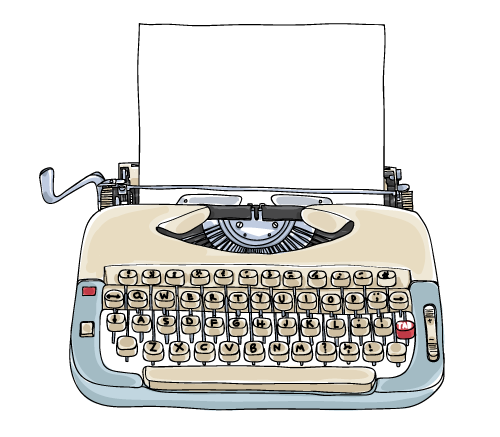
 Sunday, a blustery day, finds me in the city, destination: the Rubin Museum of Art. Since discovering this sanctuary a few years ago, I’ve been here more times than I’d been to its former incarnation, Barney’s New York, legendary for its own transformation from name-brand men’s wear at discounted prices to high-design fashion at prices to match. Not that I didn’t enjoy walking into the store, in all its haute splendor, from time to time. Okay, I did try on shoes maybe once; the salesman, too snobby for his own good, lost me as a customer. If I were really on my toes, I might have reminded him of how it all got started, Barney Pressman opening the original store at 17th Street and Seventh Avenue in 1923 with money raised by pawning his wife’s engagement ring.
Sunday, a blustery day, finds me in the city, destination: the Rubin Museum of Art. Since discovering this sanctuary a few years ago, I’ve been here more times than I’d been to its former incarnation, Barney’s New York, legendary for its own transformation from name-brand men’s wear at discounted prices to high-design fashion at prices to match. Not that I didn’t enjoy walking into the store, in all its haute splendor, from time to time. Okay, I did try on shoes maybe once; the salesman, too snobby for his own good, lost me as a customer. If I were really on my toes, I might have reminded him of how it all got started, Barney Pressman opening the original store at 17th Street and Seventh Avenue in 1923 with money raised by pawning his wife’s engagement ring.
Nothing is as constant as change. When I step into the museum, I’m always struck by its subdued splendor, and how a spiral staircase, as grand and graceful as it gets, stands as a metaphor for many things, not the least of which is the ways in which one thing can become another. More to the point – that a space once bustling with extravagant materialism can become a sanctuary of sorts, a place of and for the spirit, really is a wonder. Something to be said for the art of feng shui.
Today it’s a documentary, High Ground, that has me here. It’s the story of eleven veterans (eight men, three women) from the wars in Iraq and Afghanistan who trek their way up a 20,075-foot peak (Lebouche East) in Nepal. One is blind. More than one has lost a limb. All are emotionally wounded. A twelfth member of the group calls herself an Army mom. She lost a son.
Each and every one of them has a riveting story to tell. If you can scale a mountain blind or with a missing foot or with a heart made heavy by memories you’d prefer to forget, maybe anything is possible, even healing. As the movie makes remarkably clear, these men and women know better. One of them recalls his father making him promise: “If something were to happen to me and I came back a different person, I would never give up.”
* * *
This morning I head out for a walk, the temperature a little higher than yesterday and the sun taking a little bite out of the wind. The lake is still largely iced over, and there is still evidence of the snowstorm known as Nemo (misnamed if you ask me) that came through two weeks ago. And for all my effort – and it is an effort – at being present to the moment – what I can’t get out of my head is a vision of snow-capped terrain as exciting to contemplate as it is forbidding to climb. For all the times I remind myself (and others) that pain is pain, no relativity there when you’re in the thick of it, there are times – like in the aftermath of a movie that makes vivid and visceral what being on the front lines has done to eleven young veterans – I step back to see the Richter Scale of suffering for what it is. Political rhetoric pales in the light of what the personal makes visible.
I have a good life, a blessed one, I might say. And yet there are days I wake up cranky and troubled, goals not achieved, disappointments that may sink to the level of despair. It’s called being human. There are days, too, that find me contemplating what it might feel like to find myself at the top of the world, the triumph of will it takes to get there. The endurance that overrides any suffering, whatever the Buddha had in mind about the human condition. The spirit of the place itself. I could readily share some of my own moments of passage, both actual and metaphoric, that speak to trials/tribulations/triumphs. But to do so would suggest I belong in the company of twelve extraordinary men and women who have experienced the kinds of things the luxury of my life puts at a distance. Then again, this really isn’t about me, is it?

